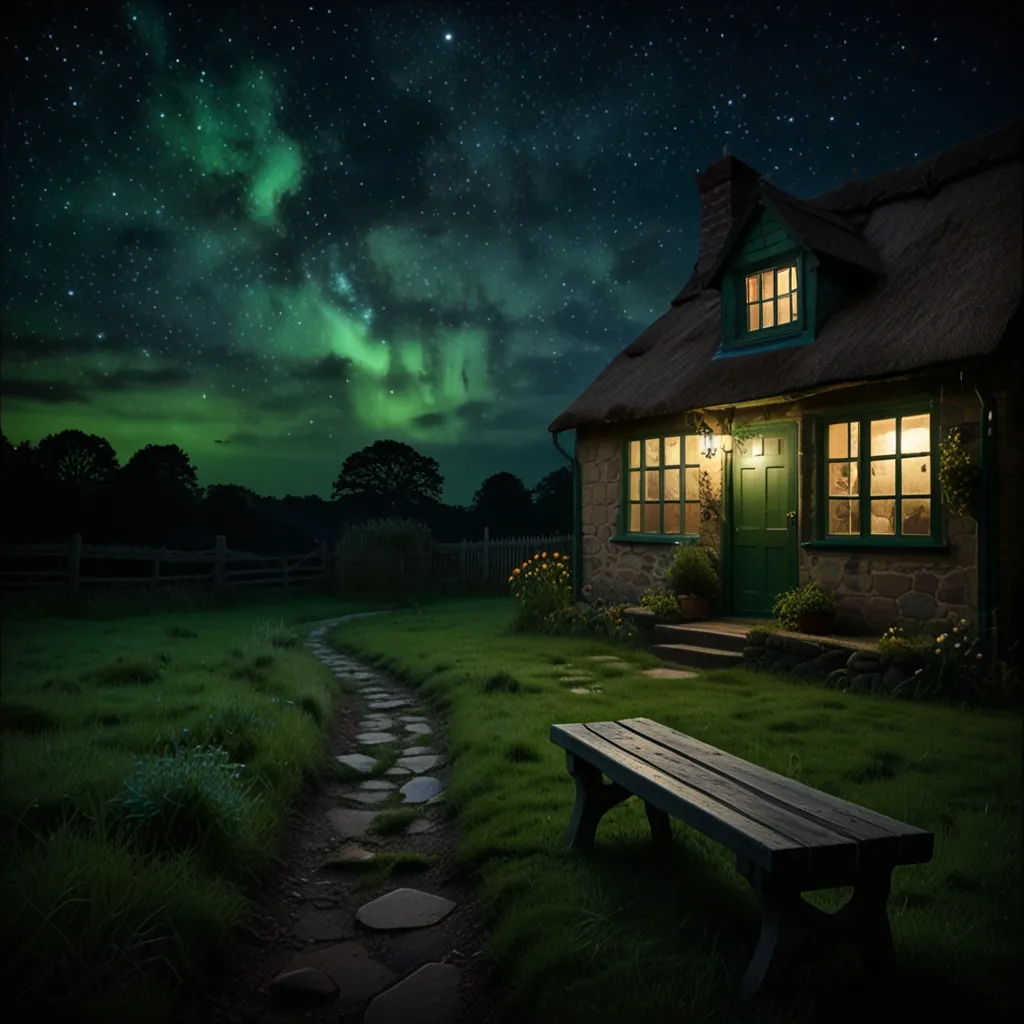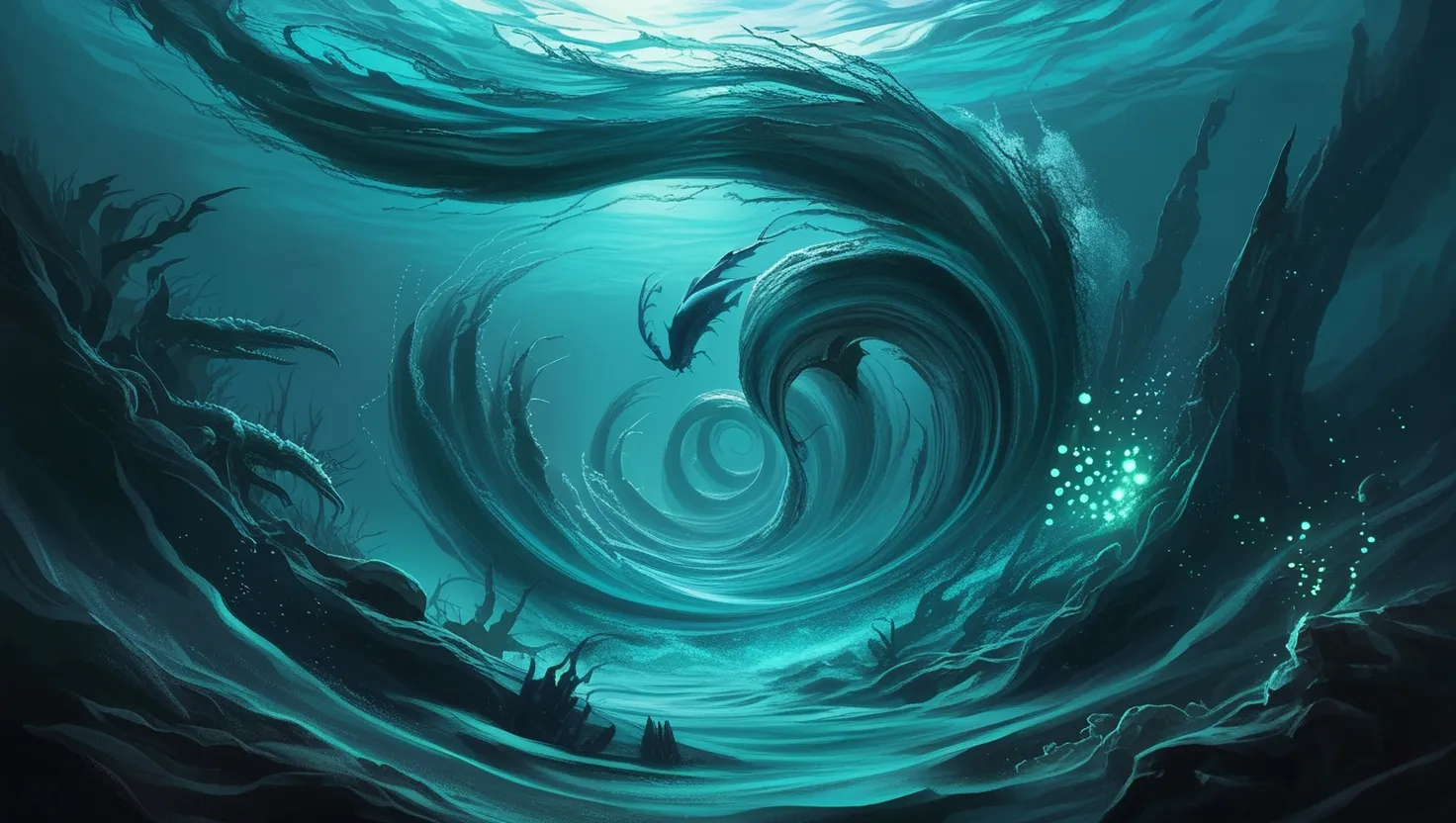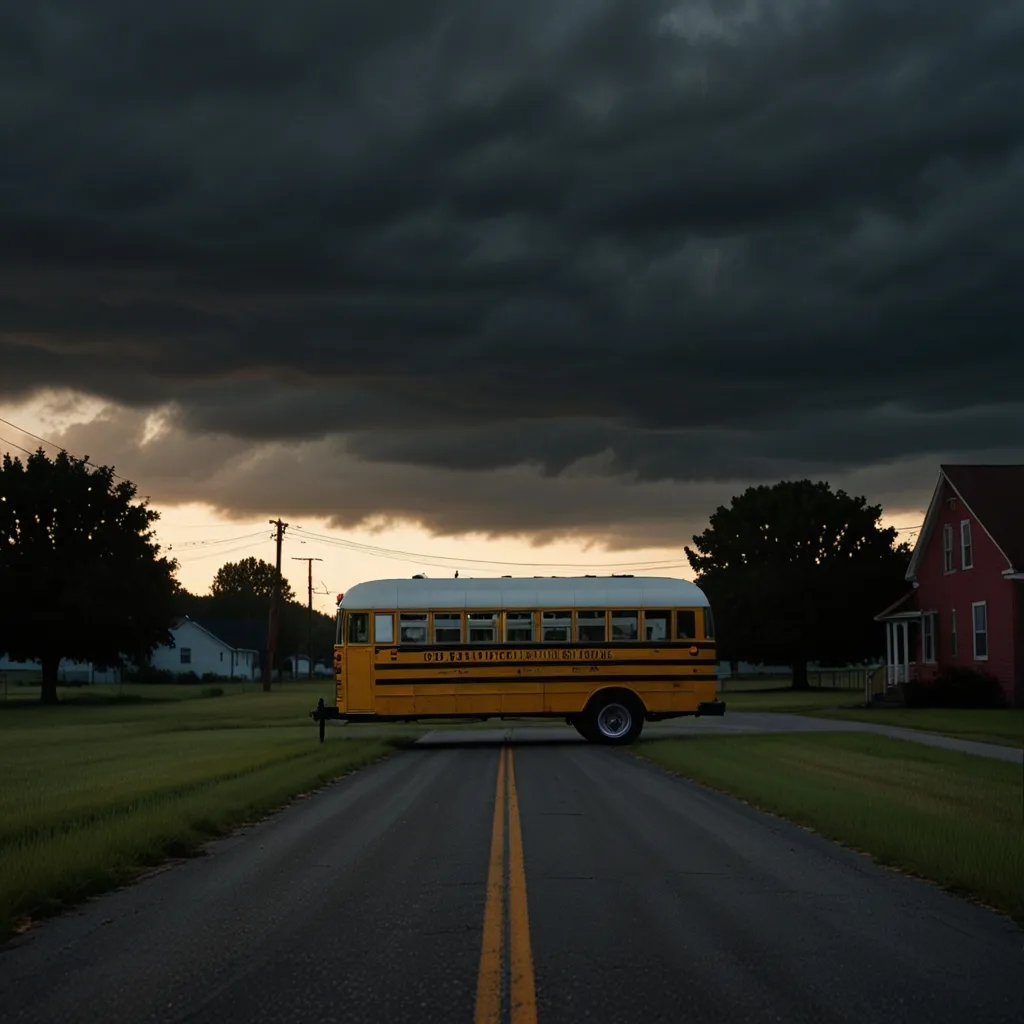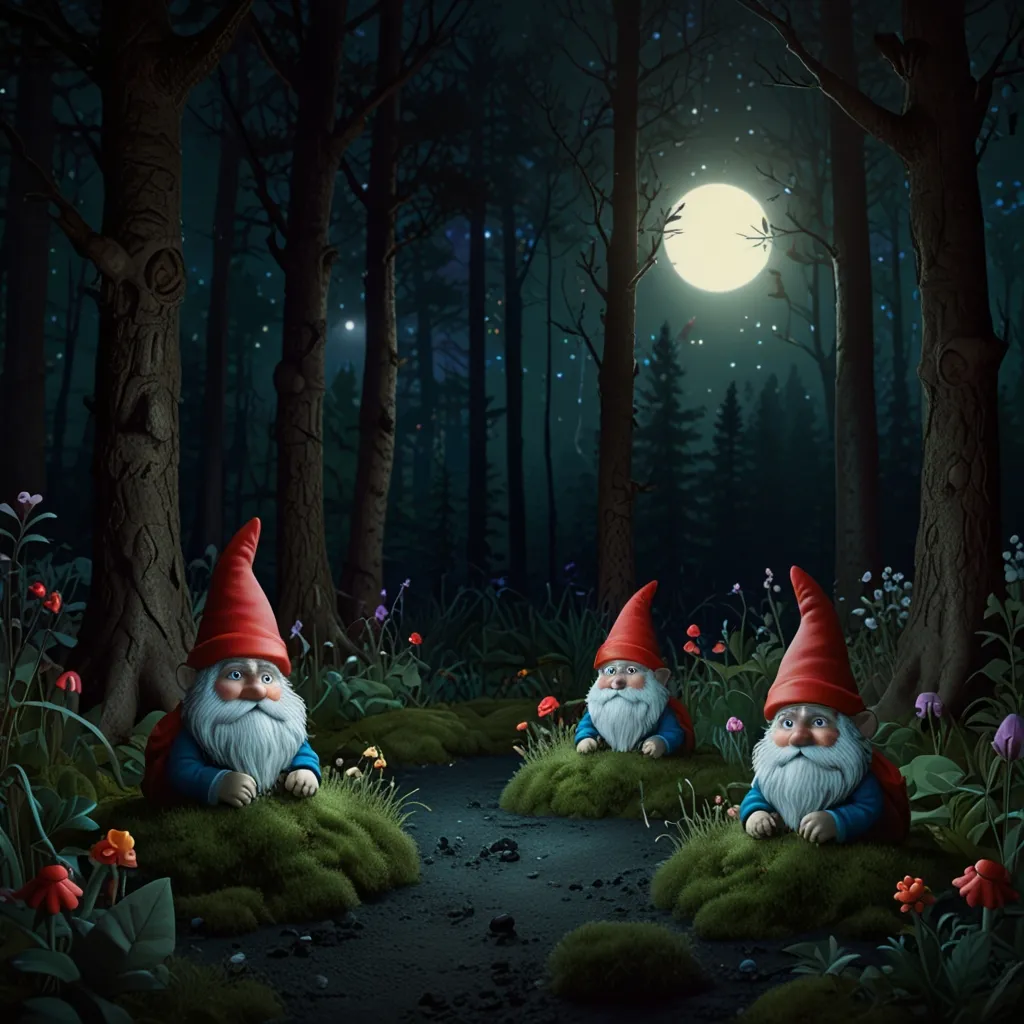Stanley Kubrick is often touted as one of the greatest filmmakers we’ve ever had. Out of his 13 movies, a handful are considered timeless classics. But in 1968, he released “2001: A Space Odyssey,” which transcended being just a classic to becoming an outright masterpiece. Many regard it as one of the most influential science fiction films ever made. This film, created alongside sci-fi writer Arthur C. Clarke, narrates an alien intelligence visiting Earth and leaving behind artifacts in our solar system. The special effects were groundbreaking and still hold up today, which even sparked an idea in the American government.
At the time, billions of tax dollars were being funneled into the space program, trying to catch up to the Soviets, who were technologically ahead of the United States. Realizing the hurdles in getting to the moon quickly, NASA allegedly considered tapping into Hollywood’s magic. The theory goes: if reaching the moon was implausible, they might as well fake it.
Rumors about the moon landing being fake began almost immediately after Neil Armstrong and Buzz Aldrin took those historical steps on July 20, 1969. Despite astronauts bringing back moon rocks and taking thousands of photos, many Americans, almost 30% at one point, believed it was all an elaborate hoax. Films like “Diamonds Are Forever” and “Capricorn One” fueled such speculations by depicting fake space missions. This underground conspiracy theory especially thrived with the rise of the internet in the late 1990s.
For some, the supposed inconsistencies in the moon landing photographs were undeniable proof. Shadows pointing in different directions, supposedly indicating multiple light sources, were one of the main arguments. The absence of stars in photos, despite claims that they should be there, was also pointed out. Some people even analyzed the reflections in astronauts’ helmets, claiming they saw studio lights and movie props.
Conspiracy theorists also argued about the Van Allen radiation belts, discovered in 1958 by James Van Allen. These belts consist of high-energy particles that could, theoretically, penetrate spacecraft and harm astronauts. Skeptics suggested that it was impossible for astronauts to pass through these belts safely, thus supporting the notion that the moon landings had to be staged.
Various pieces of evidence, real or imagined, piled up to support the hoax theory, such as the behavior of the American flag, which appeared to flutter in the wind, or the apparent lack of blast craters beneath the lunar module. These details were easily debunked by experts, who explained phenomena like the reflective properties of lunar soil causing odd shadow patterns, or the design of the flag, which included a rod to hold it upright in the airless environment.
Still, some theories persisted, such as the one tying Stanley Kubrick to the moon landing hoax. A documentary created in 2011 posited that Kubrick had perfected a filming technique called front-screen projection, which he used in “2001: A Space Odyssey,” and that NASA hired him to fake the moon landing footage using this method. This theory suggested visual inconsistencies such as set lines between foregrounds and projections in lunar photographs.
The legend of Kubrick’s involvement even spun speculative tales about hidden messages in his later film “The Shining,” claiming the number 237 was a nod to the average distance between the Earth and the moon, and that the Apollo 11 sweater worn by Danny was a clue.
However, high-resolution images and analyses debunked these claims. Most so-called evidence of anomalies in moon-landing photos could be traced back to low-resolution images, which when studied in higher clarity showed none of the supposed inconsistencies. Other so-called hidden messages were seen as mere coincidences or misinterpretations.
Even though theories about the moon landing being faked can be debunked with scientific explanations and factual information, they continue to captivate the public’s imagination. Whether it was the shadows, the missing stars, or radiation belts, the layers of alleged deception and mistaken beliefs add an aura of mystery to one of humanity’s greatest achievements. The moon landing hoax story serves as a blend of skepticism, creativity, and the unending human quest for truth, no matter how far-fetched it might seem.






